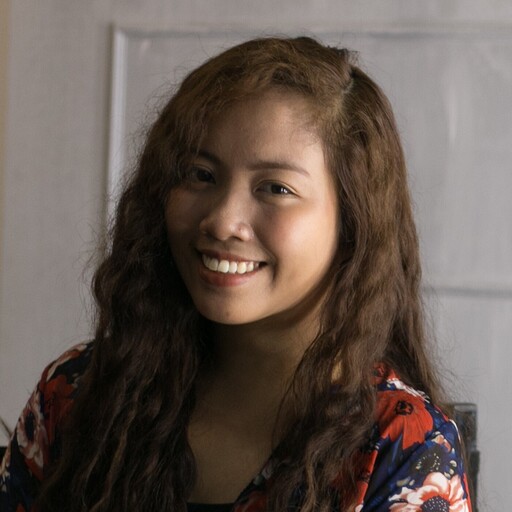
Historical data states that in 1866, the first-ever bra made its appearance in Great Britain. It was crafted from silk and was framed with wire — and many women since have had issues with the kind of support that it gives.
Among these women is Laura Tempesta, who is an actual expert on the subject. After years of innovative work in the lingerie industry, she became the founder of Bravolution, a leading consumer advocacy group and sports bra resource. During her TED Talk in 2018, Tempesta challenged the world’s preconceived notions about the bra even though its usage continues to receive a lot of support from people.
In this TED Talk, Tempesta pointed out the connection between women’s expectations of bras and, in turn, the world’s expectations of women as individuals.
“What we expect from our bras is a metaphor for what the world expects of us,” Tempesta said, hinting at the profound impact of societal norms and perceptions on women’s daily choices.
Bras are meant to provide shape and support. However, this is not what the numbers show. A study conducted by British retailer Marks & Spencer revealed that 80 percent of women are wearing the wrong size of bra. Meanwhile, Harris Interactive for the nonprofit North American Spine Society, in partnership with bra company Maidenform, did another study which found that 59 percent of women said their bras caused back, shoulder, or neck pain. They had over 1,300 women participate in this study.
Sports bras are also put on the spotlight in this issue. While athletic apparel may be advertised as the solution for comfortable undergarments, a study on female runners in the 2012 London Marathon say that about 75 percent of women marathoners have at least one fit issue with their sports bra that causes discomfort.
Struggling with support
For many women, the bra is synonymous with support. However, Tempesta further revealed in her talk that the support concept is not as straightforward as we might believe.
Underwires, commonly considered as key to bra support, were not initially designed with that purpose in mind.
“Underwires act like ponytail holders: they get a larger mass into a compact, rounded shape,” Tempesta said. “Underwires only provide shape, as most of the support comes from the stability of the underband, cups and straps.”
In line with this, Tempesta suggested that people who want better support from bras should consider getting bra cups made from non-stretch fabric since that does better in supporting breasts than foam.
Size matters
One of the most perplexing aspects of hunting for the right bra is the sizing. For years, women worldwide have grappled with the frustrating ordeal of finding the correct size and the reality is that, according to Tempesta, there just isn’t one size that fits at all.
In fact, the common belief that bra sizes like 38A, 36B, 34C, and 32D are significantly different sizes is a fallacy. Instead, these sizes merely accommodate the same breast volume. The illusion of size is created through varying underband lengths — not through the cup letter itself.
These very labels women have relied on for decades are deceptive. The origins of which can be traced back to the Victorian era. Initially based on the shirt sizes at that time, the assumption was that clothing correlated directly with breast size. This led to adding cup sizes A, B, C, and D — determined by the difference between bust measurements and Victorian shirt sizes. The flaw in this method became evident when a mere two inches above a 32 shirt size or a 38 shirt size resulted in the same B cup.
As decades passed, measuring around the ribcage and adding inches were also adapted to determine a woman’s Victorian size. The result? Confusing sister sizes where cups sound different but are, in fact, identical.
Manufacturers did not do much help in this seemingly flawed system. Tempesta explained that manufacturers use identical cup patterns and adjust only the underband length to label them as different sizes. The current bra sizing system, rooted in outdated methods and ill-fitting assumptions, is why some women experience discomfort in their purchases. This is something that Tempesta is personally familiar with.
The pain behind the gain
After graduating with a degree in Anthropology from Stanford University and realizing that there were no work opportunities in her field, Tempesta went back to school and pursued her first love, which is apparel design. Growing up in a home with a wood shop and sewing room, she shared that working around products has always been her interest. After finishing her studies, she joined Nike in 2006 and worked on product development.
In 2014, Tempesta took on the role of Sports Bra Innovation Director, where she pushed solutions to better the brand’s line of sports bras. During her stint with Nike, she pursued her master’s degree in lingerie design at De Montfort University in the UK. Her course was tailored to examine the design, biomechanics, engineering, and innovation of sports bras. At the time of this writing, she was the only American with such an education background and it turned her into an important consultant for the bra industry. She also has eight bra patents under her name.
Tempesta’s passion for making things better in the lingerie industry stems from her 10-year struggle with Reflex Sympathetic Dystrophy — a mobility condition that causes lasting pain in the extremities. Living with this condition has given her an understanding of how frustrating it is to want to live an active lifestyle but be limited by pain. With her expertise under her belt and the motivation to pursue a pain-free movement for women worldwide, Tempesta founded Bravolution. The company was launched in 2017 and since then, it has engaged in discourse discerning bras, created a community that arms its members with knowledge and ultimately provided what the company’s website considers to be “the best kind of support” — one that “doesn’t have to restrict you.”






